AITOUR trikes, also known as electric tricycles, have become an increasingly popular mode of transportation in recent years. They offer an eco-friendly alternative to traditional gasoline-powered vehicles, and can be a convenient option for short distance travel. However, as with any mode of transportation, it is important to consider the safety of AITOUR trikes in traffic. In this article, we will explore the various safety features of AITOUR trikes and how they compare to other vehicles on the road. We will also discuss the potential risks and hazards associated with using an AITOUR trike in traffic, and provide tips for staying safe while riding one.
Introduction to AITOUR trikes and their safety features
AITOUR trikes, also known as electric tricycles, are three-wheeled vehicles powered by electricity. They have become a popular mode of transportation in recent years due to their eco-friendliness and convenience for short distance travel.
One of the key safety features of AITOUR trikes is their electric power source. Unlike traditional gasoline-powered vehicles, electric trikes do not produce harmful emissions and are much quieter, making them safer for the environment and for pedestrians.
AITOUR trikes also often come equipped with safety features such as lights, and reflective materials to make them more visible to other road users. Some models also have features like stability control, and anti-lock brakes to enhance the overall safety of the vehicle.
Comparing the safety of AITOUR trikes to other vehicles
When compared to traditional four-wheeled vehicles, AITOUR trikes may have some safety advantages due to their smaller size and lower center of gravity. These characteristics can make them more maneuverable and less prone to rollover accidents.
However, AITOUR trikes also have some safety limitations due to their smaller size and lack of enclosing structure. They may not provide as much protection to riders in the event of a collision with a larger vehicle.
Another factor to consider is the speed at which AITOUR trikes can travel. While they may be limited in their top speed compared to traditional vehicles, they can still pose a risk to other road users if they are operated at high speeds or in dr a reckless manner.
It is important to note that the safety of any vehicle depends on the actions of the operator, and all road users, including AITOUR trike riders, have a responsibility to follow traffic laws and drive safely.
Risks and hazards of riding an AITOUR trike in traffic
Riding an AITOUR trike in traffic can present certain risks and hazards to riders. One of the main risks is the possibility of a collision with a larger vehicle. AITOUR trikes are smaller and less visible than traditional cars, and may not be as easily seen by other drivers. This can increase the risk of a collision, especially in situations where the trike is in a driver's blind spot or is otherwise not easily visible.
Another hazard to consider is the stability of AITOUR trikes. While they have a lower center of gravity than traditional vehicles, they can still be prone to tipping over, especially in slippery or uneven road conditions. It is important for riders to be aware of this risk and to take extra caution when riding in challenging conditions.
AITOUR trikes may not provide as much protection to riders in the event of a collision or other accident due to their open design and lack of an enclosing structure. This can increase the risk of injury to riders.
And also, it is important for AITOUR trike riders to follow traffic laws and use appropriate safety equipment, such as helmets, when riding on the road. Failing to do so can increase the risk of accidents and injuries.
Tips for staying safe while riding an AITOUR trike in traffic
Riding an AITOUR trike in traffic can present certain risks and hazards, but there are several steps that riders can take to stay safe:
Follow traffic laws:
Always follow the rules of the road and obey traffic signals, signs, and markings. This includes wearing a helmet and other appropriate safety gear if required by law. Failing to follow traffic laws can increase the risk of accidents and injuries.
Be visible:
Make sure that your AITOUR trike is equipped with lights and reflective materials, and use them when riding in low light conditions. Wear bright or reflective clothing to make yourself more visible to other road users.
Stay alert:
Pay attention to your surroundings at all times and be aware of other vehicles, pedestrians, and potential hazards on the road. Avoid distractions such as texting or listening to loud music while riding, as these can take your focus off the road.
Communicate your intentions:
Use hand signals to indicate when you are turning or changing lanes. Make eye contact with other drivers, if possible, to ensure that they are aware of your presence.
Maintain your AITOUR trike:
Regularly check the brakes, tires, and other mechanical components of your trike to ensure that it is in good working condition. Proper maintenance can help prevent mechanical failures and ensure that your trike is safe to ride.
Take extra caution in challenging conditions:
Be especially careful when riding in wet, slippery, or uneven road conditions, as these can increase the risk of accidents. Slow down and allow extra space between yourself and other vehicles in these situations.
Avoid riding in dangerous areas:
Avoid riding in areas with heavy traffic or construction, as these can increase the risk of accidents. If you must ride in these areas, be extra cautious and follow all traffic laws.
Use appropriate safety equipment: In addition to a helmet, consider wearing other protective gear such as gloves, elbow and knee pads, and a reflective vest. These items can help protect you in the event of a fall or collision.
By following these tips and using common sense, AITOUR trike riders can help ensure their safety and the safety of others on the road. It is important to remember that, as with any mode of transportation, there are inherent risks associated with riding an AITOUR trike in traffic. By taking the necessary precautions, however, riders can minimize these risks and have a safer, more enjoyable riding experience.
Conclusion
In conclusion, AITOUR trikes can be a safe mode of transportation in traffic when operated responsibly and with proper safety precautions. However, it is important for AITOUR trike riders to be aware of the potential risks and hazards associated with riding in traffic, such as the risk of collision with larger vehicles and the stability of the trike in challenging road conditions. By following traffic laws, using appropriate safety equipment, and taking extra caution when necessary, riders can help ensure their safety and the safety of others on the road.

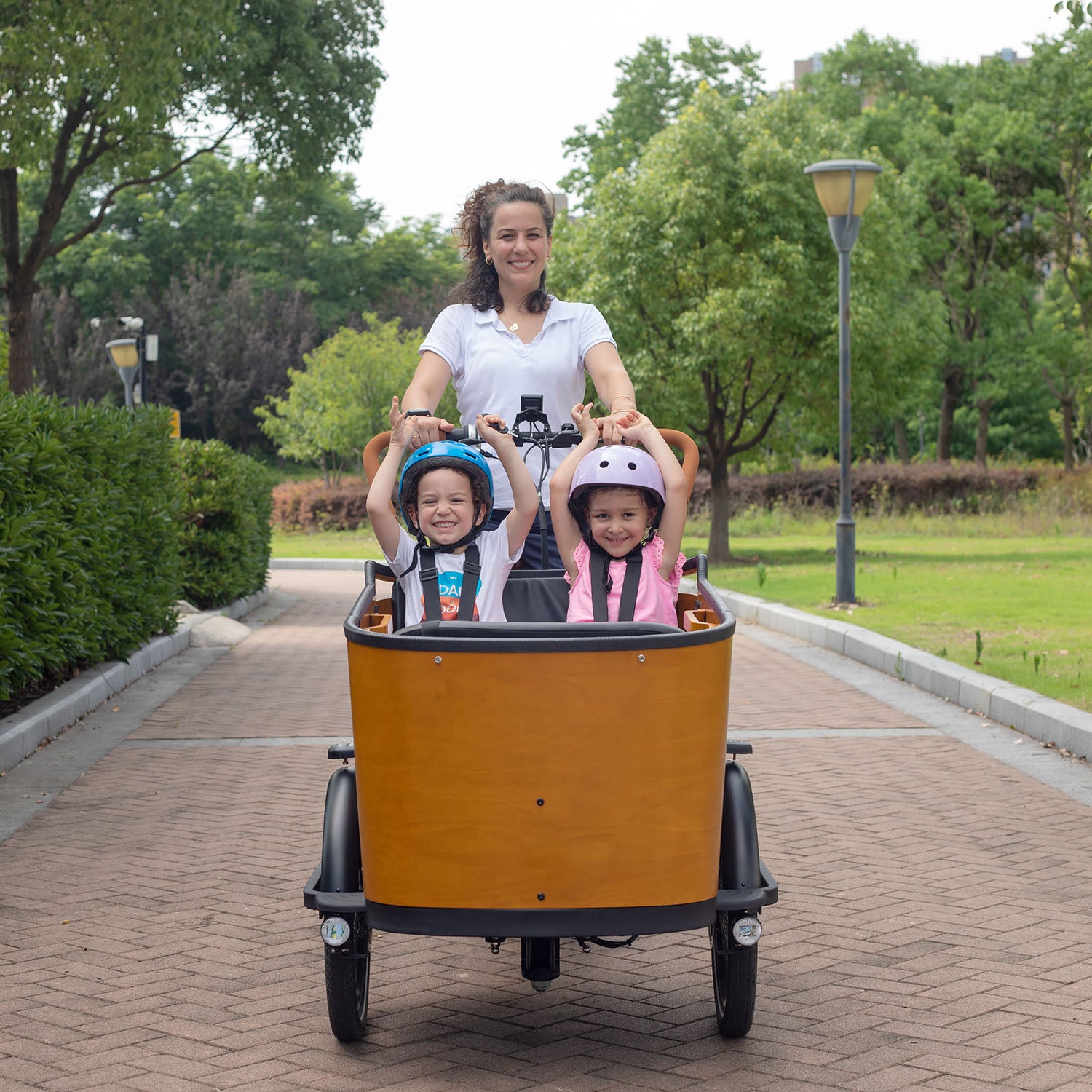
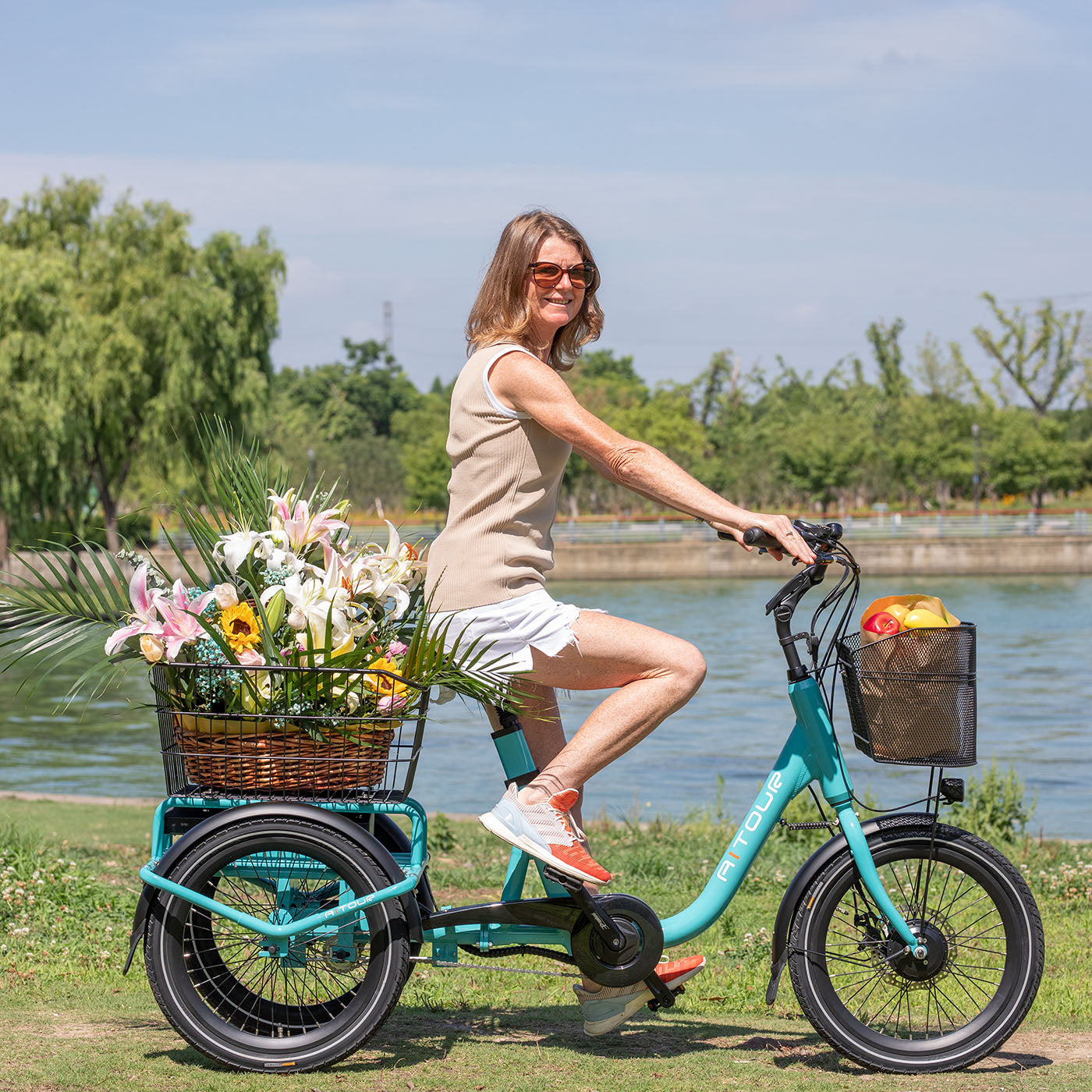
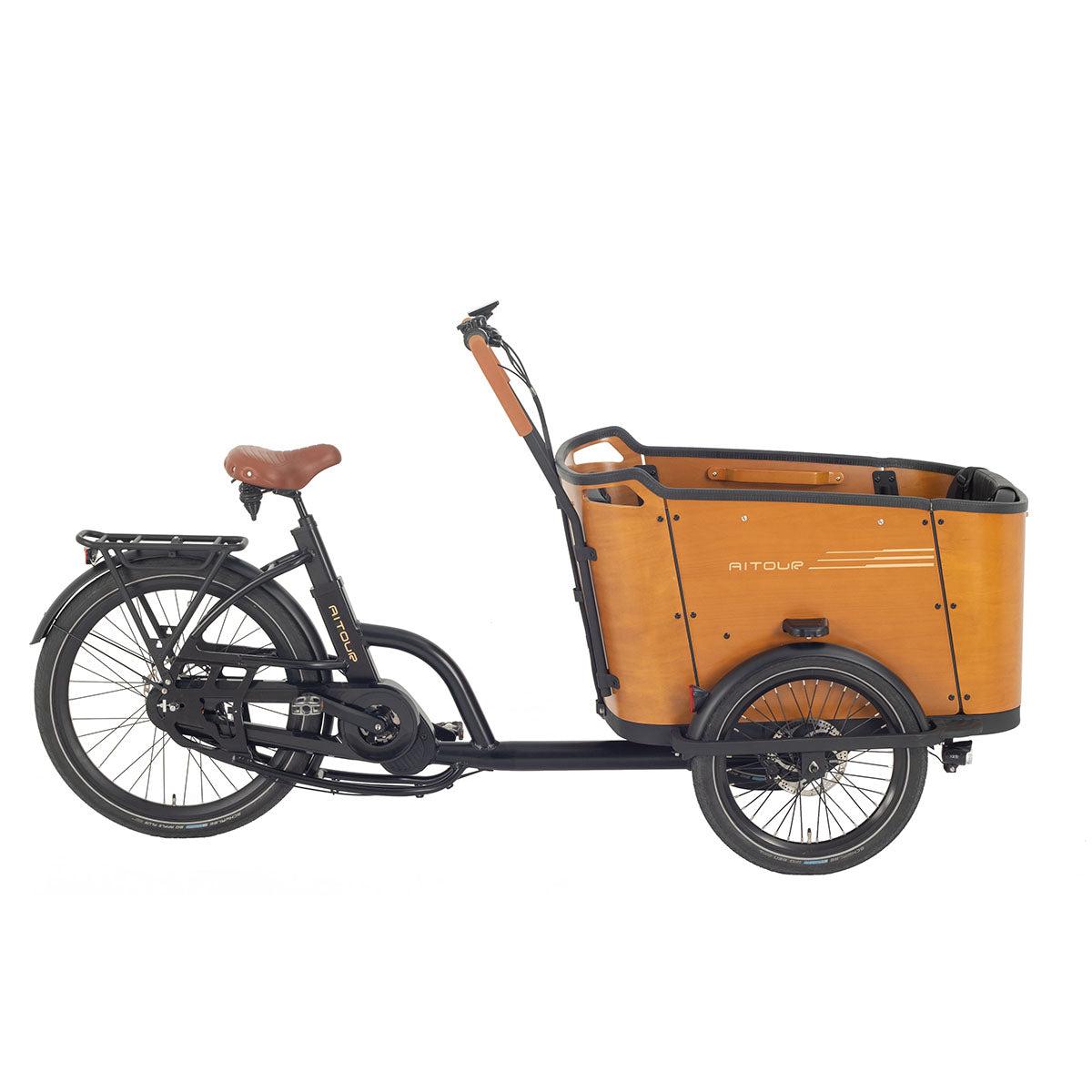
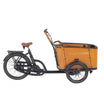
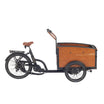
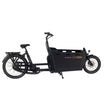
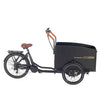
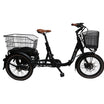
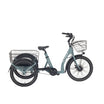
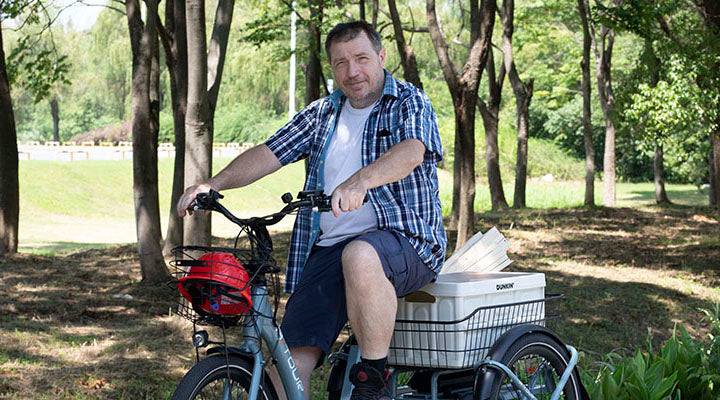
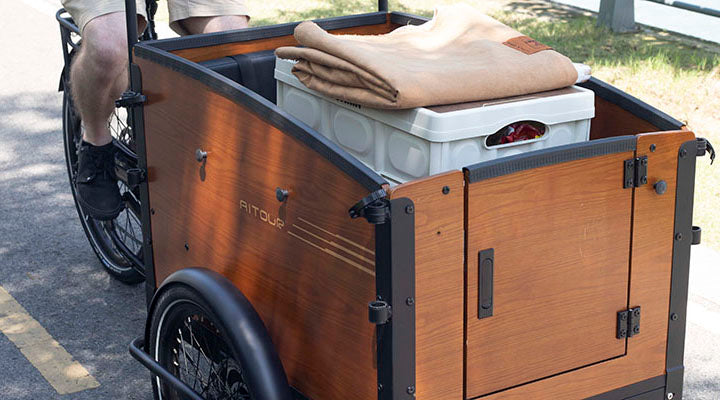
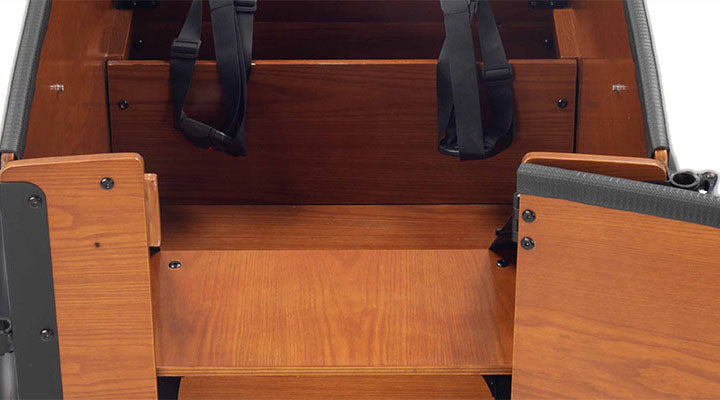
Leave a comment
All comments are moderated before being published.
This site is protected by hCaptcha and the hCaptcha Privacy Policy and Terms of Service apply.